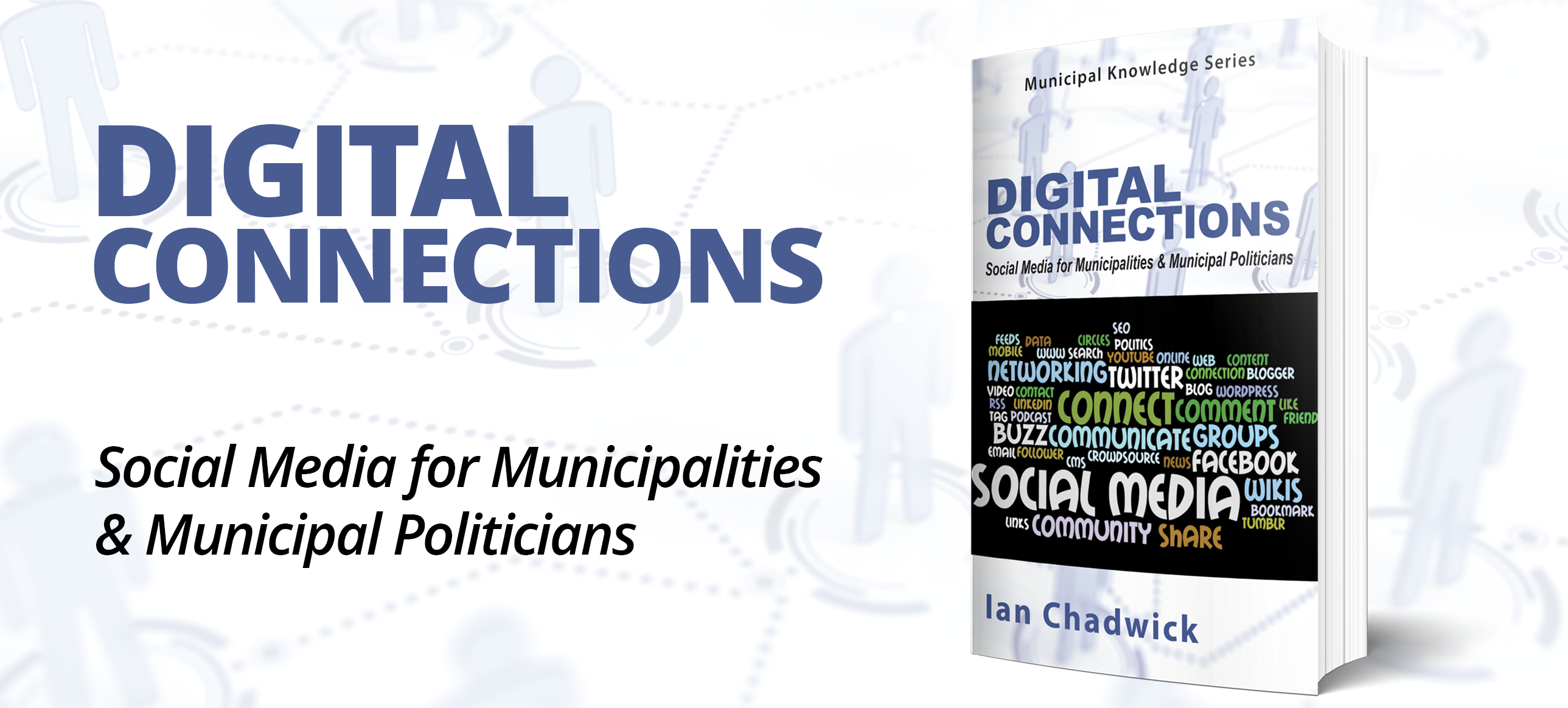8 ways to manage change and drive success

At the simplest level, process improvement initiatives seek four primary outcomes within the context of good customer service and organizational efficiency and effectiveness. These outcomes are: to reduce processing timelines; increase service predictability and consistency through clarity of roles and responsibilities; eliminate duplicate and redundant processing steps; and meet quality requirements.
At this point, simplicity disappears. The complexities inherent in changing behaviours associated with process improvement and implementation become apparent. This is the business of change management and transition.
Several critical success factors repeatedly emerge as integral to moving a project toward successful and optimal outcomes. The list is not exhaustive, nor is ranking implied. Priority varies by project and organization.
1. Have a Clear Project Purpose
A clear project purpose must be linked to corporate strategic directions, vision, and values. To ensure your initiative reflects a guiding strategic direction, it is helpful to:
- provide a clear statement of the project’s purpose and a vision of desired outcomes;
- reinforce the principle that project outcomes are to be congruent with corporate directional plans and the behavioural guidelines provided by the organization’s values; and
- refer to corporate and departmental plans and values as standards against which potential solutions can be tested.
2. Define Your Project Scope
A clearly defined scope and/or project charter can substantially enhance project outcomes and ease project completion. The following strategies will help meet this goal:
- Clearly articulate a shared understanding of “what is within” and “what is outside” the projects’ scope.
- Establish performance measures, milestones, timelines, quality standards, and outcomes to be delivered with stakeholders.
- Require integration across functional disciplines and specialized services where appropriate.
3. Maintain Energy! Direction! Action!
There are three essential components to optimal goal achievement. Having a healthy dose of all three ensures success:
- energy, reflecting an unflagging and relentless drive and commitment to achieve the goal;
- direction, reflecting a well-articulated vision of the possible – a dream made tangible with deadlines; and
- action, reflecting a sense of urgency; application of project management practices with defined roles, responsibilities, and timelines; routine progress reporting.
4. Know Your Management Style
Essentially, there are primary and secondary management styles. Primary styles are used under normal circumstances. Secondary styles surface when stressed and can help or hinder project outcomes. What is your tolerance level for change and resultant potential stress? Do you prefer a “Damn the torpedoes and go straight ahead” process methodology, or a pace of change that causes minimal physical or emotional sensation? Somewhere in-between?
Staff need to know that project sponsors and managers will support them during difficult times. Project sponsors and managers achieve the best results when operating within the effective range of their management styles.
5. Respect the Past: People and Processes
Eagerness to cast off frustrations with existing processes and capture anticipated benefits of redesigned processes should be tempered with respect for past processes. Keep in mind that the status quo process was once the latest improvement, and high hopes were held for resolution of issues of its day. In addition, several staff who built or are maintaining the current process, often with heroic efforts, likely remain as employees. Capture their knowledge and note that they often look forward to making improvements.
6. Engage Your Stakeholders
Much of what has been outlined above refers to a process methodology involving substantial facilitation and participation. Stakeholder participation in identifying issues, interests, and root causes of key issues, as well as participation in developing guiding principles for process redesign, enables successful and supported change. Participation can facilitate the transformation of department-centric thinking into process-centric teamwork.
7. Replace Habits Quickly
Habits are the set of behaviours with which we have become so familiar that the need to think about task completion is minimal. Many tasks are completed as if we live on automatic pilot.
Change challenges us to let go of habitual behaviour and to think through how tasks might be completed differently. To reduce the stress and sense of disorientation that replacing habits sometimes creates, try involving staff in developing new processes (i.e., new habits), as task requirements made of their own design are more easily accepted. In addition, it may help to provide staff with copies of redesigned process maps. A visual representation of steps and responsibilities does wonders with reorientation.
8. Avoid Avoidance
It is a normal first response to want to avoid unpleasant and persistently difficult or sensitive issues. Unfortunately, avoiding these types of issues often leads to sub-optimal process.
Like many of life’s paradoxes, the best value for time and money invested in process improvement can lie in addressing unpleasant, yet commonly known issues. Some issues are the organizational equivalent of family secrets; the untouchable topics. When these topics (i.e., often interpersonal issues) remain unaddressed, managers and staff modify processing steps to work around or avoid the problem. Inefficiency results and resentment builds until the issues are addressed. They do not go away.
Conclusion
Process improvement is one element of the continual change process inherent in life – personal, societal, and organizational. Solid planning and organization, ample involvement of those affected by change, and an openness to build collaborative solutions works toward optimal success. Change provides an exciting opportunity for growth, while simultaneously contributing to organizational success. Capturing the spirit of change enables optimal contribution. MW
✯ Municipal World Insider and Executive Members: You might also be interested in the full version of this article or in Suzanne Greeman’s article: Multi-stakeholder collaboration in the municipal sector. Note that you can now access the complete collection of past articles (and more) from your membership dashboard.
Rick Taylor, CHRP, CMC, Principal, Results Management Services is a management consultant specializing in facilitated projects in process improvement, performance measurement, resource utilization, and organization alignment integrated with strategic directions.
Related resource materials:



